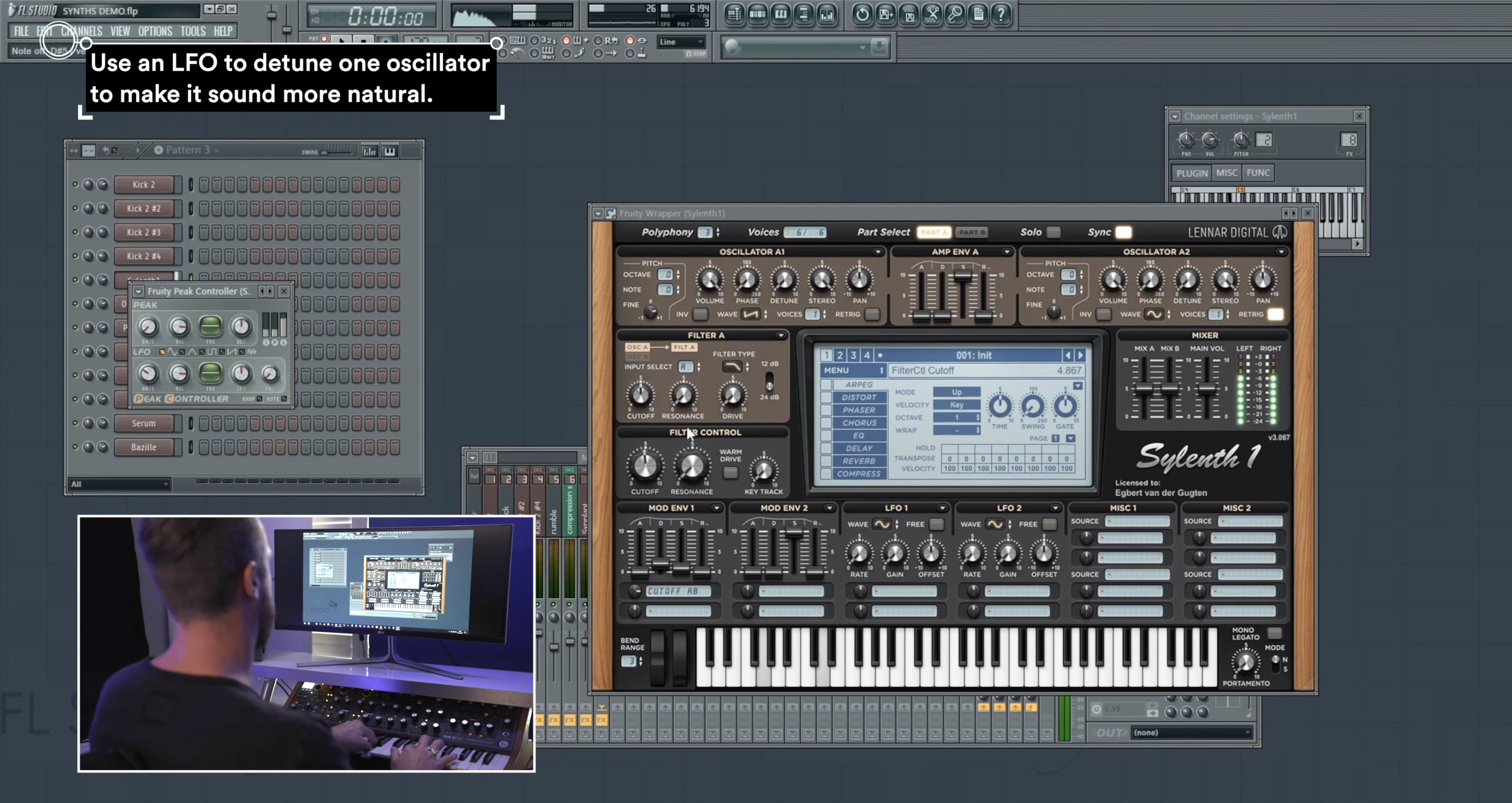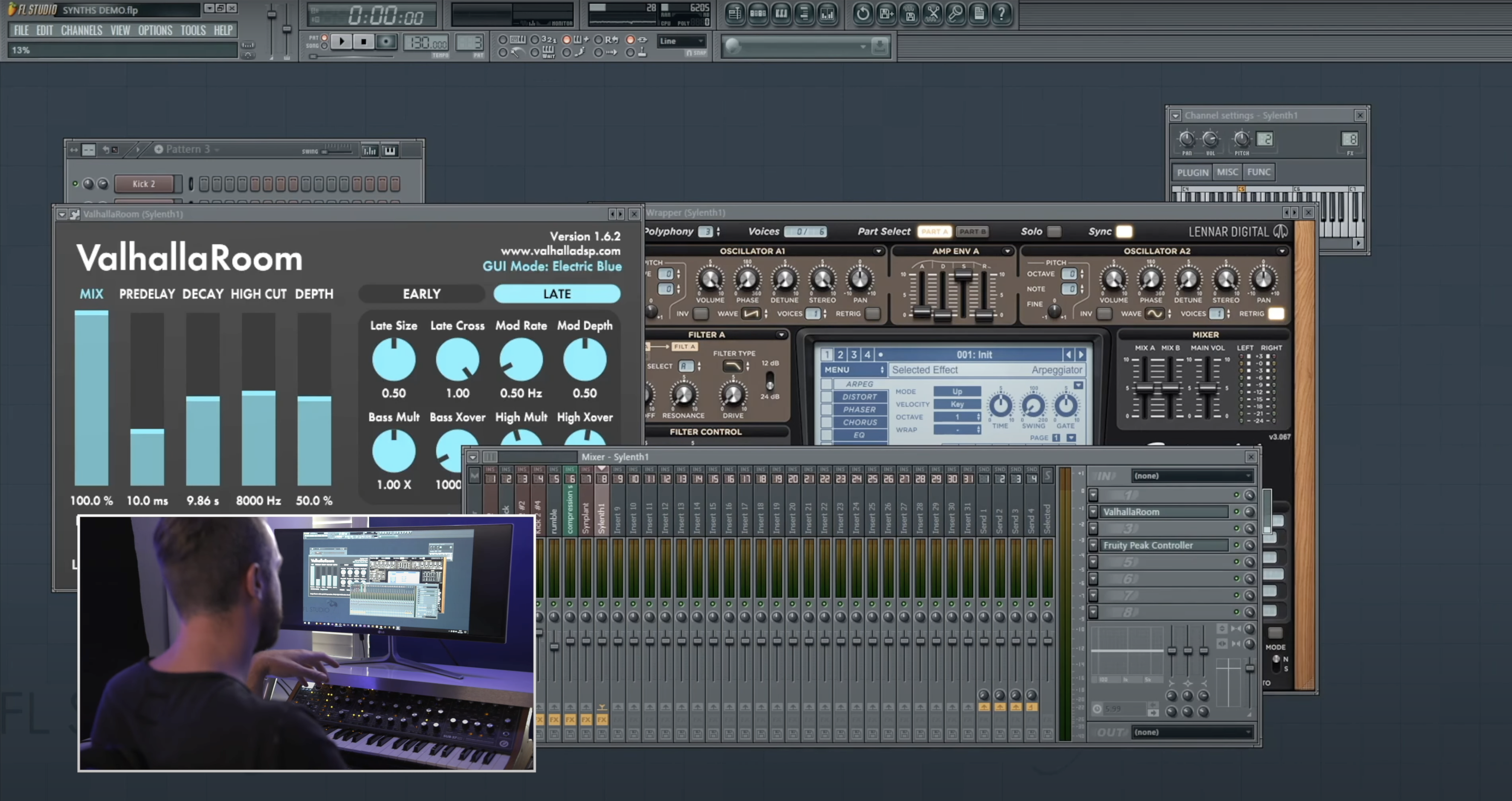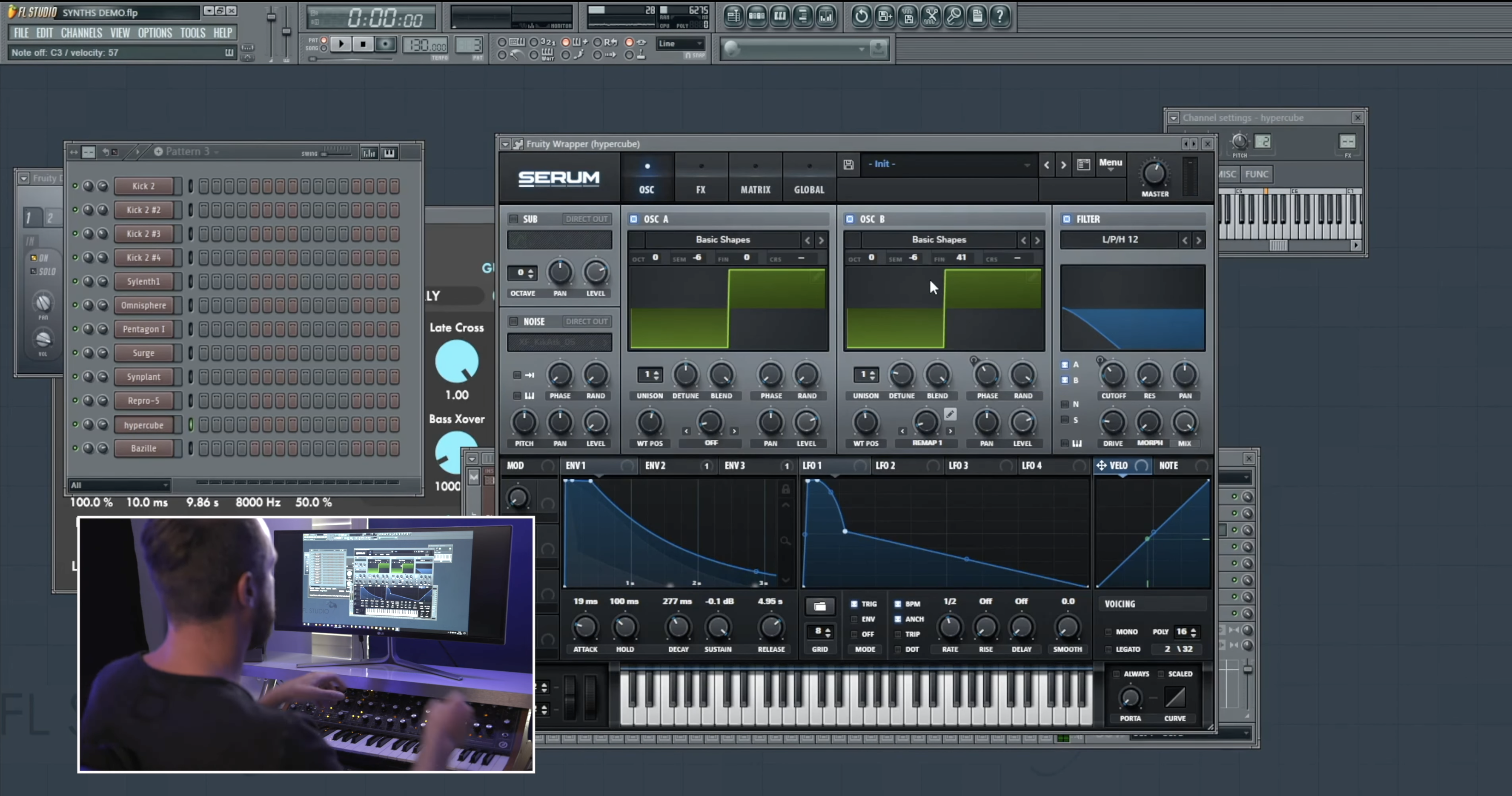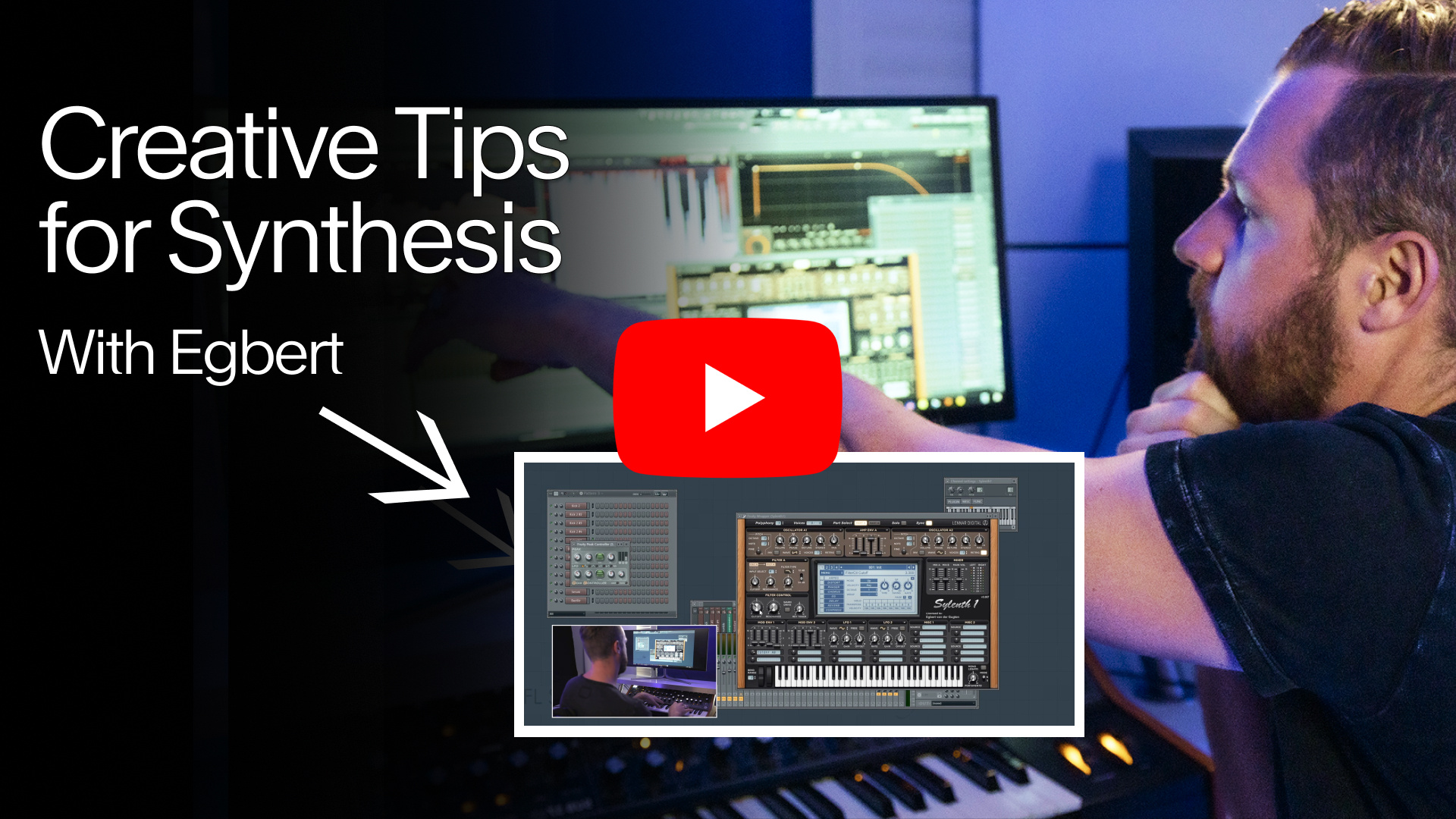How to Use Synthesizers Creatively – A Guide
Table of Contents
- Introduction
- Importance of Dynamic and Interesting Synth Sounds
- Avoiding Over-reliance on Effects
- Comparing Different Synthesizers
- Importance of Modulating the Bass
- Creating a Magical and Dynamic Feel
- Conclusion
Introduction
Egbert shares valuable insights on how to use synthesizers in a more creative and unique way, using tools like Sylenth1, Repro-5 and Serum. He guides you through his workflow, offering tips and advice to enhance your sound. Egbert emphasizes the importance of making the synths sound dynamic and interesting, ultimately helping you refine and elevate your signature sound to new heights.
All secrets on this video summary
Importance of Dynamic and Interesting Synth Sounds
One of the key takeaways from the video is the importance of creating dynamic and interesting synth sounds. Egbert explains that by adding variations and subtle changes to the sound, you can make it more engaging and captivating for the listener. Taking Sylenth1 as an example, he highlights the practice of switching off the retrigger mode, ensuring that each note played differs slightly from the last one. He notes that, in its default state, Sylenth1 can sound too digital. To address this, he shares a technique of routing the fine tuning of one oscillator with an LFO, resulting in a less digital and more complete sound. Furthermore, Egbert emphasizes the strategic use of filters to shape the sound and add texture.

Avoiding Over-reliance on Effects
While effects can enhance the overall sound, Egbert advises against relying too heavily on them. Instead, he suggests focusing on the dry sound and making it as interesting as possible. This approach helps maintain clarity and allows the synth to shine through.
By focusing on the dry sound, you can bring out the true potential of the synthesizer. Egbert explains that by adding subtle variations and modulations to the dry sound, you can create a unique and captivating sonic experience for the listener.

Comparing Different Synthesizers
Egbert also compares the sound of different synthesizers, highlighting the unique characteristics of each. This comparison helps you understand the strengths and weaknesses of different synths, enabling you to make informed decisions in your music production. By dissecting the sonic profiles of Sylenth1, Repro-5, and Serum, Egbert provides valuable insights into how these synthesizers can complement each other. He emphasizes the importance of leveraging the distinctive features of each synth to achieve a diverse and rich sound palette in your productions. Additionally, Egbert underscores that while exploring various synthesizers is beneficial, the best approach is to work with the tool you really know well, even as you experiment with others. This familiarity allows you to maximize your creative potential and consistently deliver high-quality music.

Importance of Modulating the Bass
Modulating the bass is another technique discussed in the video. Egbert explains that by modulating the bass, you can add depth and movement to your synth sounds. This technique can make your tracks sound more powerful and dynamic. Egbert dives into the intricacies of bass modulation, demonstrating how to use tools like envelopes and LFOs to shape the bassline. He emphasizes the importance of subtlety in modulation, highlighting that well-controlled changes can elevate your music without overpowering it. By incorporating modulation techniques into your workflow, you not only enhance the sonic character of your tracks but also unlock a new level of expressiveness in your sound design.

Creating a Magical and Dynamic Feel
The video provides valuable tips and techniques for creating a magical and dynamic feel in your music using synthesizers. By combining the various techniques discussed, you can take your synth sounds to new heights and create music that stands out.

Conclusion
In conclusion, this video serves as a comprehensive guide on using synthesizers creatively. It emphasizes the importance of dynamic and interesting synth sounds, provides techniques using popular synthesizers, and highlights the significance of modulating the bass. By implementing these techniques, you can create unique and captivating sounds that elevate your music production.
Frequently Asked Questions
1. Can I use these techniques with any synthesizer?
Yes, the techniques discussed in the video can be applied to various synthesizers. However, the specific steps may vary depending on the synthesizer you are using.
2. How can I make my synth sounds more dynamic?
To make your synth sounds more dynamic, try adding variations in pitch, volume, and modulation. Experiment with different envelopes and filters to create movement and interest in your sound.
3. Is it necessary to have expensive synthesizers to create unique sounds?
No, you don’t need expensive synthesizers to create unique sounds. While high-end synthesizers may offer more features and flexibility, you can still achieve great results with affordable or even free synthesizers. It’s more about understanding the techniques and creatively using the tools you have.
4. How can I avoid my synth sounds sounding too generic?
To avoid generic synth sounds, try experimenting with unconventional settings and parameters. Don’t be afraid to think outside the box and explore different sound design possibilities. Adding your personal touch and creativity can help make your synth sounds stand out.
5. Are there any recommended resources for learning more about synthesizers?
Yes, there are many online tutorials, forums, and communities dedicated to synthesizer enthusiasts. Some popular resources include YouTube channels, online courses, and synthesizer-focused websites. Exploring these resources can help you deepen your knowledge and discover new techniques.







 50 Industry Music Production Tips You Must Know
50 Industry Music Production Tips You Must Know




